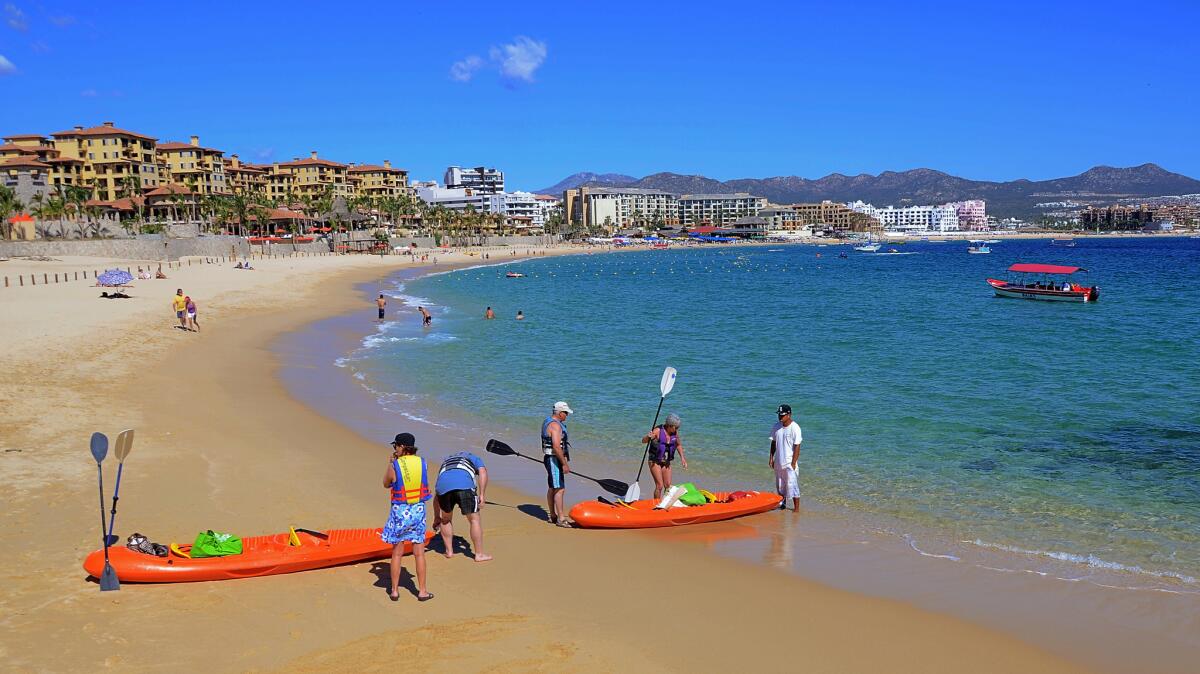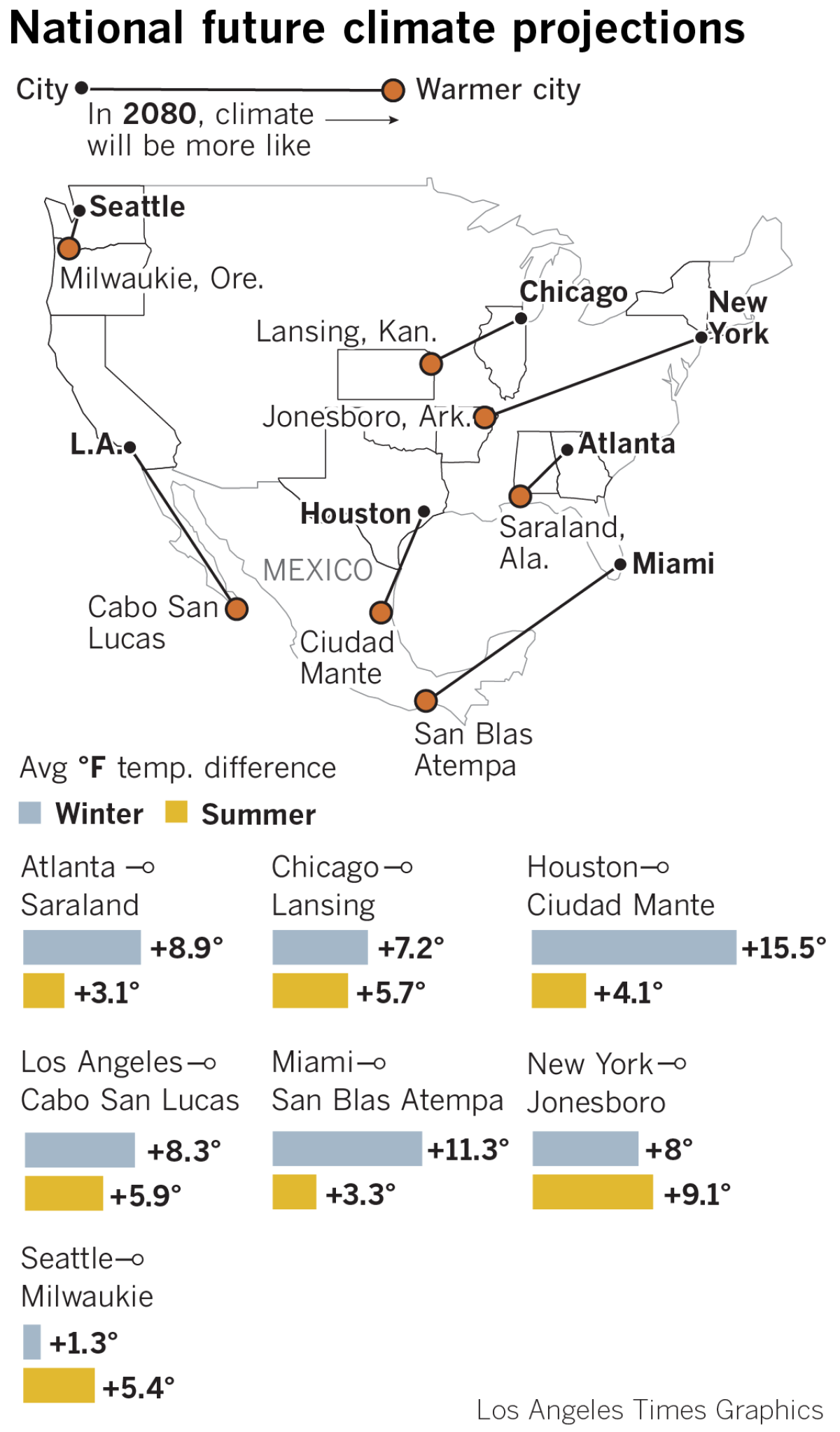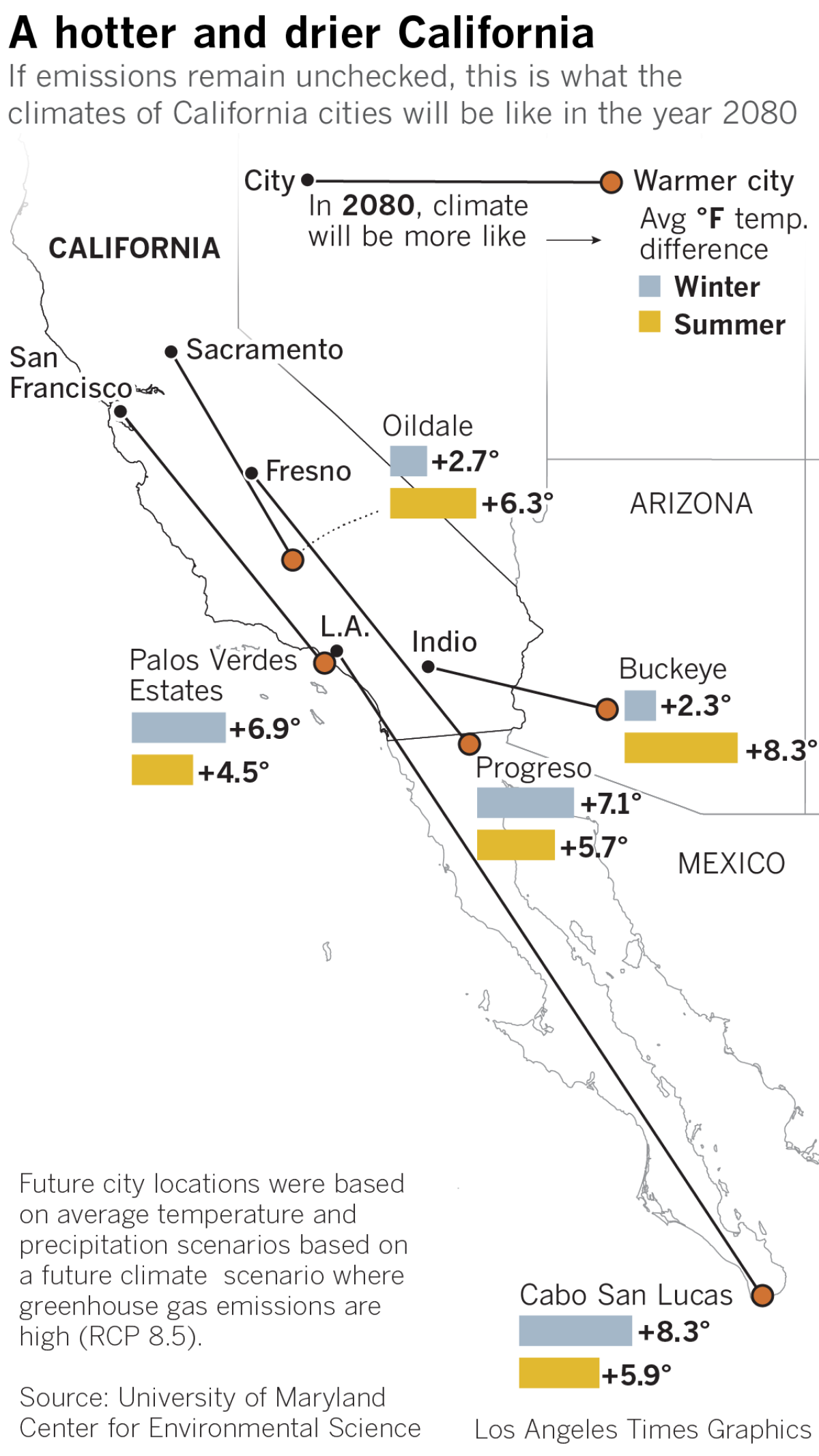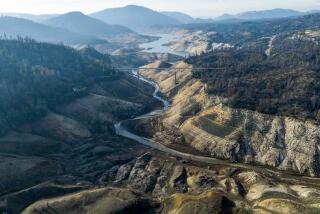Hey L.A., want to feel like you’re in Cabo without leaving home? Just wait til 2080

Scientists have just revealed the climate forecast for the year 2080 in hundreds of cities across North America, and — surprise! — it looks like it’s going to get a whole lot warmer in all of them.
If humanity continues to emit greenhouse gases at the same rate it does today, in 60 years L.A.’s climate will most closely resemble the current climate of Cabo San Lucas, at the southern tip of Baja California in Mexico. Portland, which currently averages 155 rainy days per year, will feel like Sacramento, where only 59 days of the year have rain in them. And the New York City of the future will be like the Jonesboro, Ark., of today, according to a new study in Nature Communications.

If you’re a warm-weather lover, perhaps some of these changes don’t sound so bad. After all, would you rather endure a winter in Boston or in Rosedale, Md.?
But this warming comes with serious environmental consequences, experts said.
“From a beach-day perspective, warmer might be better, but it is not better for our food production and in some areas it could lead to more pests, invasive species and disease,” said study leader Matthew Fitzpatrick, a biogeographer at the University of Maryland’s Center for Environmental Science.
Aedes mosquitoes, which transmit Zika, dengue and other deadly viruses, prefer warmer weather and may be able to spread into new areas of the U.S. as temperatures climb, scientists said.
On the West Coast, warmer temperatures are associated with more smog, which can be dangerous to people with asthma and allergies, and a decline in water quality.
Scientists have been warning about rising temperatures for years. In the new work, Fitzpatrick and his colleague Robert Dunn of North Carolina State University set out to make these projections more tangible thanks to a technique called climate analog mapping. It involves matching the expected future climate of one city with the current climate of another.
To do this, they started with climate model projections for 540 cities throughout North America, looking specifically at average maximum temperature, average minimum temperature and total precipitation in all four seasons in the year 2080. Then they used a computer program to find the city whose current climate most closely matched each projection.
The results show that in the eastern half of the U.S. and Canada, urban areas will most closely resemble cities that are 500 miles to the south. For example, the climate in Montreal in 2080 will most resemble the climate in Philadelphia today.

The story is more complicated in the west because the topography is more extreme, and because factors like proximity to the ocean influence the climate. For example, the authors report that the closest present-day equivalent to the climate of 2080 San Diego is Westmont, which lies about 120 miles north of San Diego between Inglewood and Watts in Los Angeles County.
Many cities did not have good analogs for their expected 2080 climate, including Los Angeles. By the year 2080, temperatures in L.A. are expected to resemble those now occurring in Cabo San Lucas, but it won’t have Cabo’s pattern of precipitation.
“Cabo is much dryer in the winter and spring and much wetter in the summer and fall than L.A.,” Fitzpatrick said.
Other regions without good matches include the Gulf Coast of the United States, he said. This suggests that by 2080, large parts of the country will experience a climate that has never been seen before in the United States.
Fitzpatrick added that some of the North American cities might have better analogs elsewhere in the world, but he and Dunn chose to limit their search to the Western Hemisphere.
“We don’t think most Americans will know what the climate is like in a city in China or India,” Fitzpatrick said. “The goal is to make climate change less abstract and something people can relate to based on their own experiences.”
Indeed, all of the climate data in the new report have been published before, the authors said. What makes this work different from previous studies is how it is presented.
“What we wanted to do was translate these climate forecasts that we hear all the time into something that is more digestible,” Fitzpatrick said.
A recent NASA report found that last year’s average global surface temperature was 1.49 degrees Fahrenheit above a baseline period between 1951 and 1980. But what does that actually mean for local climate?
“Many people might think, ‘It’s 70 degrees now, it will be 71.5 degrees tomorrow, what is the big deal?’ Our desire is to address that problem,” Fitzpatrick said.
To make their findings even more accessible to the general public, Fitzpatrick and Dunn created a website that allows users to type in the name of a city and see what current climate it will most resemble in 2080.
Alex Hall, who directs the Center for Climate Science at UCLA, said the work represents an effective way to present changes in average climate, and he applauded the authors for including so many cities in their analysis.
However, he noted that there is more to climate change than shifts in average temperature and precipitation.
“Changes in extremes, which we also expect, matter a lot, especially here in California,” he said. “Still, I think this communication technique conveys the dramatic scale of climate change quite well.”
Do you love science? I do! Follow me @DeborahNetburn and “like” Los Angeles Times Science & Health on Facebook.
MORE IN SCIENCE







